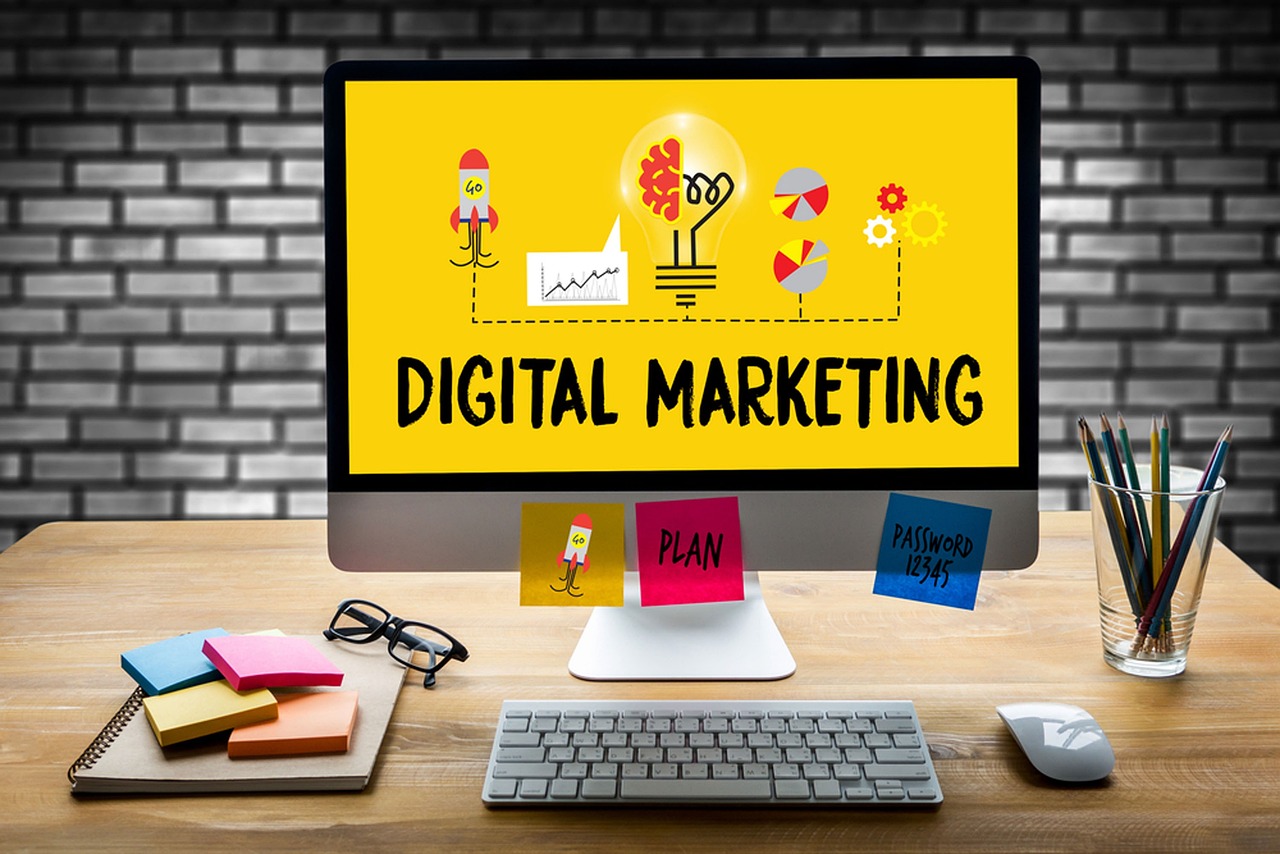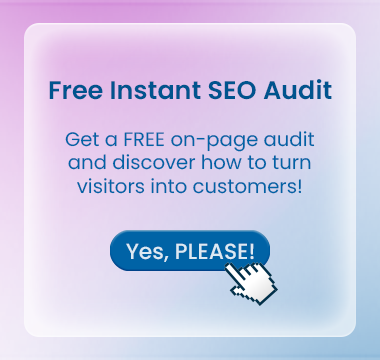In the ever-evolving landscape of business and marketing, the digital realm has emerged as a game-changer. Traditional marketing methods, while still valuable, are no longer sufficient to keep up with the rapidly changing consumer behavior and preferences. Enter digital marketing – a dynamic and innovative approach that harnesses the power of the internet, social media, and digital technologies to connect with target audiences, build brand awareness, and drive sales like never before.
What is Digital Marketing?
Digital marketing refers to the promotion of a product, service, or brand using online channels; that is, taking the use of the internet and digital technologies to get in touch with the customers through social media, search engines, email, and websites.
While the traditional way of marketing would have been such methods as TV advertisements or billboards, digital marketing enables a business to reach out to people at the very point where they spend most of their time—online. This helps businesses reach more people and allows for personalized marketing.
Companies can create messages specifically designed for different groups based on their age, interests, and online activities. In simple terms, digital marketing deals with using the power of the internet to pull customers and get more traffic to a business by increasing sales and maintaining them.
For Example: Local Coffee Shop
1. Website: Create a website for your menu, location, and specials to draw online visitors.
2. Social Media: Use Facebook and Instagram to post pictures, updates, and run contests for customer interaction.
3. Email Marketing: Sending newsletters on promotions and discounts to the customers who have subscribed to receiving these newsletters either during the process of signing up with your site or when visiting your shop.
4. SEO: Optimize your website to show on top when people search for ‘best coffee near me.’
5. PPC Advertising: Create targeted ads on Google and social media to attract area coffee enthusiasts with special offers.
The Evolution of Digital Marketing

Digital marketing started in the late 1990s, around the same time the Internet became popular. As the Web grew, it brought new changes that have made digital marketing more powerful and complex over time, helping the field expand.
Presently, digital marketing is made up of a variety of channels and forms of advertising, while each specific type possesses its advantages and best utilizations. Social media sites like Facebook, Instagram, and Twitter have now become one of the most efficient means to promote their brands and interact with customers in addition to generating traffic.
The rise of search engines like Google and Bing has opened the doors to the discipline of SEO regarding businesses whereby they can improve the chances of their sites being seen online yielding substantial traffic. There is still a high likelihood for people to respond to email and businesses can further engage leads in a campaign while content marketing define the strategy of focused marketing whereby the marketing is done by creating and distributing useful and relevant content to the target audience.
Types of Digital Marketing
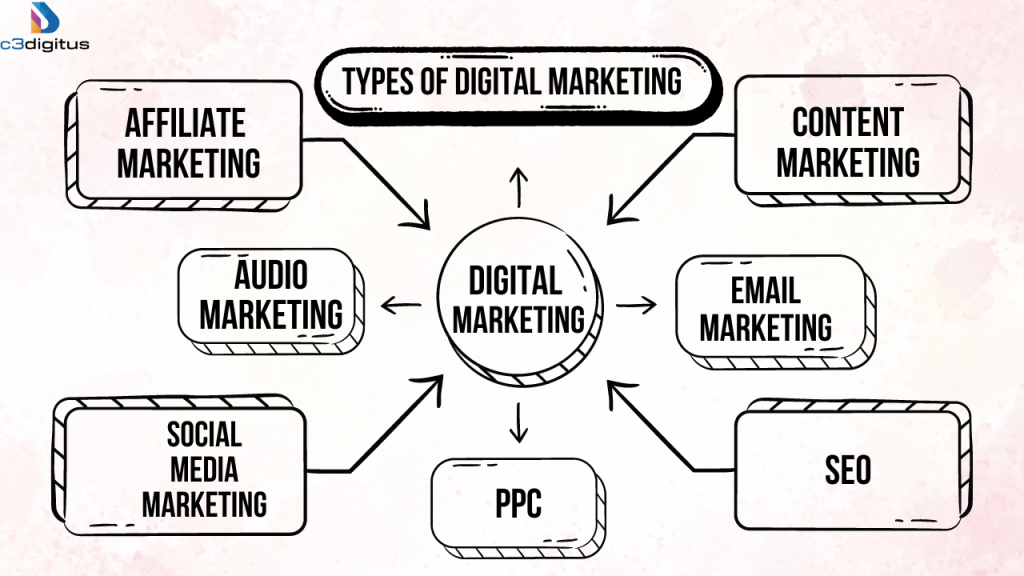
E-marketing is the extension of the relationship between buyers and sellers, also known as emerging forms of commercial activities with potential clients. It can relate to social media, video advertising, sales websites, you name it. Below are some of the major classifications of digital marketing:
Affiliate Marketing:
Affiliate marketing refers to a business practice where an individual is given an arrangement wherein he or she earns a commission for the sale of other people’s products. Affiliates are action-oriented marketers, who have their own websites and blogs and promote other businesses’ products or services using affiliate links. When a user clicks on the affiliate link and makes a purchase, the affiliate receives a percentage of the sale. This approach helps the company by expanding their promotion efforts and attracting new customers through various marketing channels.
Content Marketing:
Content marketing is one of the content strategies that makes creating and sharing relevant and resourceful information targeting a particular audience its primary focus. In other words, increase customer engagement with the business that will in turn generate revenue. This includes, but is not limited to, writing articles, making videos, designing infographics, producing podcasts, and posting on social media. Content marketing focuses on communicating the audience with the brand but not the product, to educate them and build up the brand.
Email Marketing:
Email marketing involves sending a commercial message to a group of people using email as a medium. It involves sending personalized emails to current and potential customers. Email marketing is a way for companies to use promotional emails to connect with people and encourage them to take action. This approach is very effective to improve customer retention and help in brand building and promotion as well as sales through marketing messages and content to the customers.
SEO:
SEO means Search Engine Optimization. It’s the process of making sure a website is set up in a way that improves its chances of showing up in search results for relevant topics. The main idea of this guideline is to boost the website’s organic traffic by improving its ranking in search results through the use of relevant phrases or keywords on the site.
There are several activities included in SEO strategy – keyword research, on-page techniques optimization (this refers to content and, tagging), technical aspects (including but not limited to website speed and mobile readiness), and off-page SEO (link building). This helps enhance their site’s SEO, which leads to increased traffic levels to the site.
Marketing Analytics:
Marketing analytics is the practice of measuring, managing, and analyzing marketing performance to maximize its effectiveness and optimize return on investment. Marketing analytics enables an organization to set up measures that will be improved over time, some of which include engagement and activity rates, conversion metrics, item’s return of investment, and so on. Marketing analytics is necessary for all companies, more so businesses, because it allows to track and measure marketing activities, understand customers, and trends and act to improve marketing effectiveness.
PPC (Pay-Per-Click):
PPC also known as Pay-Per-Click advertising is one of the ways in which online advertisements are charged wherein the time any person clicks one of the ads, the advertiser pays a certain amount. It’s a means of purchasing visitors to your site instead of working to gain them naturally.
PPC advertisements can be placed on search engines such as Google through Google Ads, social networks, and even other websites. As for the search engine advertising PPC model, that is a situation where businesses carry out an auction for certain words that are related with their products or services, users who are searching for those words are the ones who view the ads.
Social Media Marketing:
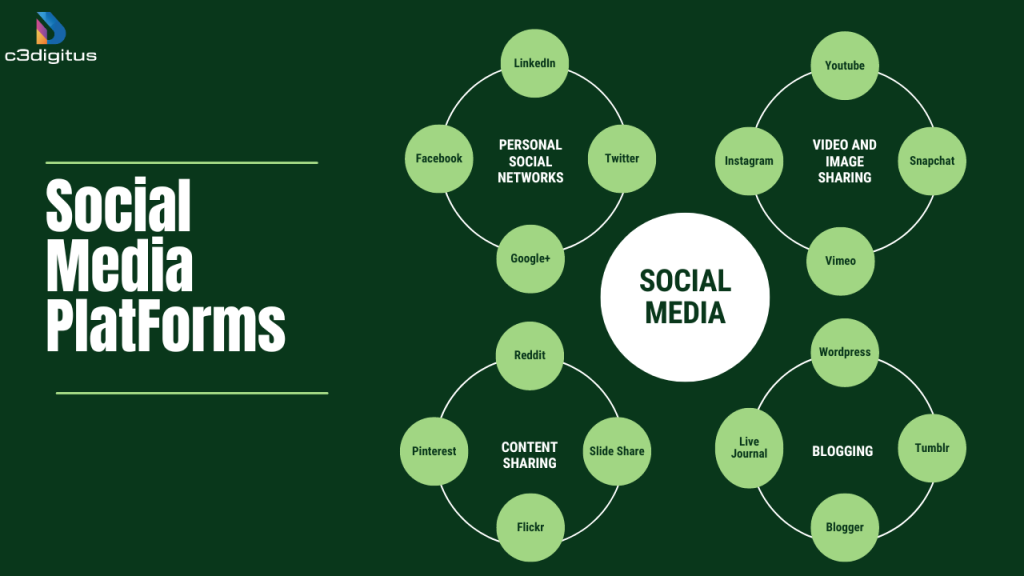
Social media marketing is the practice of advertising one’s business, brand, or offerings via social media platforms including Facebook, Instagram, Twitter, LinkedIn, etc. This can be done in a number of ways including organic methods like creating content for posting and interacting with followers and paid methods like advertisement through sponsored posts or ads. Social media marketing is particularly useful for creating and enhancing the brand, fostering relationships with clients and visitors, and directing traffic to the site.
Video Marketing:
Video marketing refers to the action of enhancing and advertising the brand, its products or services through the use of videos. This may also extend to developing and distributing videos over YouTube, social networking sites, or a website. The content of the video can cover product or service showcases, training, customer reviews, and brand promotion. Video marketing has great potential to capture audience attention as it involves the use of sight and sound to pass a message.
Audio Marketing:
Audio marketing is a method that incorporates the use of audio content to engage the audience. Podcasts, advertisements in audio form over the internet like Spotify, and optimization of voice search are examples of these. Given the fact that most people now access information on the move or on a voice-activated tool, audio marketing has been accepted in the digital marketing field since it offers a unique way of reaching out to the audience.
The Revolutionized Changes in Digital Marketing

Digital marketing started in the late 1990s, around the same time the Internet became popular. As the Web grew, it brought new changes that have made digital marketing more powerful and complex over time, helping the field expand.
Presently, digital marketing is made up of a variety of channels and forms of advertising, while each specific type possesses its advantages and best utilizations. Social media sites like Facebook, Instagram, and Twitter have now become one of the most efficient means to promote their brands and interact with customers in addition to generating traffic. The rise of search engines like Google and Bing has opened the doors to the discipline of SEO regarding businesses whereby they can improve the chances of their sites being seen online yielding substantial traffic. There is still a high likelihood for people to respond to email and businesses can further engage leads in a campaign while content marketing define the strategy of focused marketing whereby the marketing is done by creating and distributing useful and relevant content to the target audience.
What are the Advantages of Marketing in a Digital Way?
Digital marketing is crucial because it helps companies to get in touch with their customers where they are nowadays located – on the internet. There are a few key points that highlight this area:
Global Scope
Digital marketing is a marketing activity that most of the companies can target an international audience. In contrast to traditional marketing approaches, which may be limited by target audience location or means of advertising, social websites, search engines, and web pages facilitate finding potential customers at every corner of the universe. This omnipresent reach of prospective customers is critical for such business establishments that intend to go beyond the geographical scope of the locals or even regions.
Cost Reduction
Usually, digital marketing is much cheaper than the traditional marketing. Such sources of traffic as pay-per-click (PPC) from advertising, social media promotions, or email ads can be used as a measure of paying what you can afford and getting it only with efforts that will tally up to, say, clicks or views only. This helps businesses, especially small and medium-sized ones, compete with bigger companies by keeping their marketing costs low while still getting the best results.
Targeted Advertising
Digital marketing removes many of these limitations, especially regarding budgets and reaching the right audience. You can focus on specific groups of people and create ads based on factors like age, gender, location, interests, or patterns of consumption. For instance, you may want to advertise your product through Facebook audiences where you can promote your business to people that have a higher preference or seek similar products. This precision is critical for your efforts as it allows you to focus on individuals who would be most interested in your offers thus increasing the effectiveness of the campaigns.
Demonstrated Outcomes
Digital marketing allows to use measurement tools and ensures analyses of results for several performance criteria. Google Analytics and other social media analytics make it possible to gain insight into web stats, conversion rate, and engagement among many other metrics. This data lets you evaluate the effectiveness of your work and find out what works and what doesn’t. To prevent campaigns from losing money, performance should be measured more frequently. This includes tracking key indicators and analyzing any missed conversions.
Increased Interactivity
Digital marketing enhances the communication between companies and their respective audiences. Campaigns such as social media, or email and content marketing allow you to connect with your customers. Users love providing feedback when they are ‘taking part’ such as through polls, quizzes, or live chats. Email messages and social media posts can be easily adjusted to fit the expectations of a targeted audience with the aim of building effective communication around their needs. This increased involvement ultimately translates into higher customer engagement as well as retention.
Increased Brand Visibility
Strategic digital marketing plans leverage the visibility of your business and its products online lowering the search work for prospective customers regarding your business. Search Engine Optimization (SEO), Content Marketing and Social Media strategies boost the chances of you being displayed in search and social sites respectively. As you enhance the visibility of your brand, you build up the brand which leads to improving levels of credibility which in turn leads to better recognition of your brand among consumers.
Inbound Marketing vs Digital Marketing
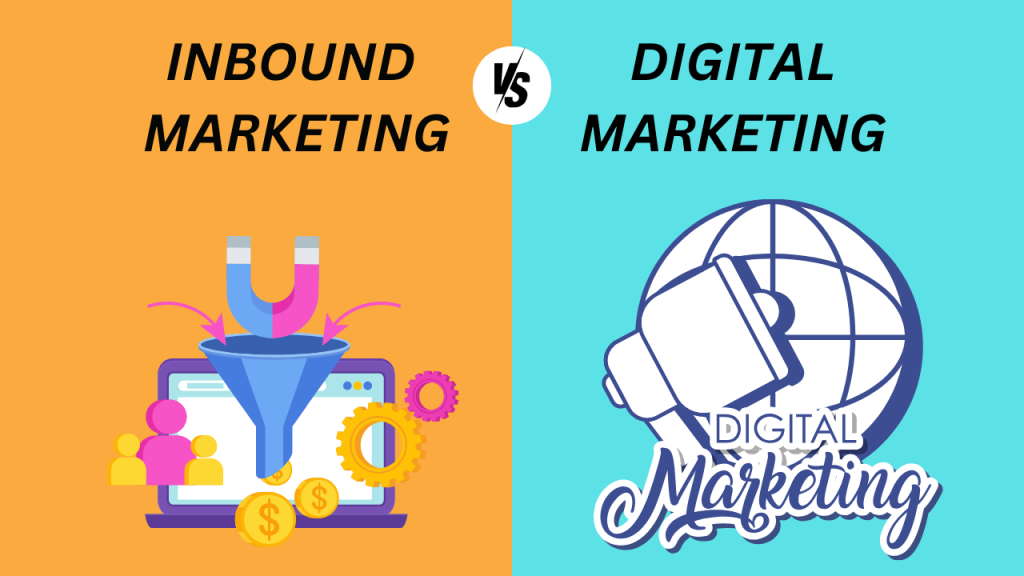
Inbound marketing and digital marketing both have correlations but they are actually quite different from each other. Or to define it even better Digital marketing is totally about creating content and marketing it. This is aimed at pulling in customers to read the content and gain their trust over time without direct selling.
Contrary to the traditional method of distributing messages to their entire audience, inbound marketing focuses on addressing the needs and interests of potential customers. Digital marketing isn’t just about one thing; it’s a broad term that covers all online marketing efforts to promote a company or its services. This includes both inbound and outbound marketing strategies, such as ads on search engines, social media, and email.
Customers are reached in digital marketing through several channels using a myriad of tools which incorporates enticing customers through content as well as bringing their awareness through paid advertisement. Inbound marketing refers to all strategies that aim at drawing most customers through valuable content provision while as digital marketing embraces several internet tactics to promote traffic boost and lead capture and sales conversion.
In brief, content marketing is mainly oriented toward attracting customers, as opposed to using various methods of internet marketing for interaction with the audience.
When and How to Use Different Types of Marketing?
The marketing approach you choose depends on your goals, the audience you want to reach, and the stage of their decision-making process. As you move through your marketing efforts, you’ll learn more about what works. Make sure to align your marketing strategies with your goals and your audience’s needs.
If your focus, for instance, is to enhance a brands visibility and to lure prospects, search engine optimization (SEO) and social media marketing strategies are some of the techniques which can live up to the expectations. These techniques enable customers to be open to a wide network and look out for products or services available in the online market. It is also helpful at this time to engage in content marketing such as writing blogs and videos where the aim is to offer relevant information and position yourself as an expert in the relevant field.
After gaining customers, the next set of strategies is the inbound marketing tools. This helps to stay connected with potential customers who are interested in their offerings and guides them toward making a purchase. This strategy is solely based on gaining trust as well as retaining customers in the long run by providing answers that the customer wants.
On the other hand, companies who wish to achieve results quickly or target a known audience most efficiently, use outbound marketing ways like pay-per-click (PPC) and direct email campaigns. They help to send particular responses within a short period which is a good idea for advertisements, offers, and when launching new products.
As the clientele’s retention and loyalty become the main focus, aspects such as relationship marketing and email marketing become even more critical. Additionally, owing to the fact that you are sending regular emails and special offers to the clients who are already in the system, there is less risk for the business of losing them or making one-time purchases only.
In the end, the key is that marketing will only work if the business’s goals align with its customers’ needs. The strategies used, including a mix of approaches, must cover all stages of the relationship with the customers to see good results.
How to Create a Digital Marketing Plan?
A digital marketing plan requires a systematic approach that supports each of the undertaken activities toward the realization of the set strategy. First, you need to set the strategy for the business and the goals you would like to achieve. Defining what you desire to accomplish—whether it is making more customers aware of the brand, developing a target market, or selling the products—will inform how you develop strategies and measure success.
Then, get to know the people you are targeting. Find out what demographics they fall under, what interests them, and even how they use the internet to help you market to them effectively. This will enable you to generate or opt for such channels that effectively deliver messages to the targeted audience.
Then, do a digital presence audit. Explore your website, social media, and any marketing activity you have conducted to determine what you do well and what areas require attention and why. This helps you set a benchmark for future comparisons.
Come up with a brief that includes comprehensive details and types of content you will be producing that may include blog posts, videos, infographics, and how often will you post them. Your content has to cater to the target audience and still meet the objectives of the business.
Choose digital marketing channels that will most effectively reach your target audience. Some of the options may consist of social networks, email, or search engines. Distribute your finance, according to the channels which bring the maximum profit.
Define the specific goals and determine how they can be measured, as well as how successful the strategy was in achieving those goals. These indicators should be checked periodically, and the strategy adjusted according to the staging of success and how well the objectives have been met.
Finally, execute the developed strategy, assess the results, and be ready to change what needs to be improved and changed according to the results obtained and the market conditions. Any successful digital marketing strategy will be aggressive, active, and productive. It will change depending on your audience and the objectives of your business.
How to Select the Best Digital Marketing Agency?
The selection of the appropriate digital marketing agency is very important it can have a big impact on the fortune of your business. To ensure that you select wisely, begin by stating your business objectives as well as your marketing requirements in a clear manner. Identify the actual goals that you want to attain, whether it’s improving your brand image, increasing traffic on the site, or even increasing the conversion rates of your customers. This understanding will help you in your hunt for relevant companies.
Next, it is time to look into the agency’s skills and experience. Go for an agency that has experience working in your industry or with a business that is somehow similar to yours. Examine their case studies, testimonies from the clients and their portfolio for their attributes and what they have been able to do for the other clients. It is also crucial to take note of the scope of the services they provide and whether these services would fit your requirements e.g. SEO, content marketing, managing social networks, or paid advertising.
When picking the right agency, it’s important to look for transparency and good communication. Watch how they interact with clients during meetings and if they provide clear information about their strategies, processes, and prices. A reputable agency will clearly explain what they’ll do, how long it will take to see results, and the costs involved. In addition, they should also offer to send you periodic reports as well as updates on all your campaign’s activities.
When choosing a digital marketing agency, it’s important to ensure that their values, work style, and approach align with your own organization’s values and needs. This alignment helps ensure a successful partnership.
In the end, looking for information and asking questions is encouraged. Talking to people who have used the agency’s services will help you understand how satisfied their clients are. This approach helps you get a sense of what kind of clients to expect.
Relevant blog: How to Choose the Right Digital Marketing Agency for Your Business Needs?
The Future of Digital Marketing
In 2023, the digital marketing industry was worth $366 billion, and it’s expected to keep growing by 13.6% each year over the next decade, reaching a projected value of $1.31 trillion by 2033.
As this rapid growth continues, advancements in technology and evolving consumer behavior will transform the digital marketing landscape. Emerging trends such as artificial intelligence, virtual and augmented reality, and the Internet of Things (IoT) are set to revolutionize how businesses connect with their audiences.
To stay ahead of the curve, businesses must embrace a data-driven and agile approach to digital marketing, continuously adapting their strategies to meet the ever-changing needs and preferences of their target audiences. By leveraging the power of digital marketing, businesses can effectively reach and engage with their customers, build brand loyalty, and drive sustainable growth in an increasingly competitive and digital-first world.
In conclusion, digital marketing has become an essential component of any successful business strategy in the modern era. By harnessing the power of digital channels and technologies, businesses can effectively reach and engage with their target audiences, build brand awareness, drive sales, and stay ahead of the competition. As the digital landscape continues to evolve, embracing digital marketing will be crucial for businesses to thrive and succeed in an increasingly connected and digital world.

